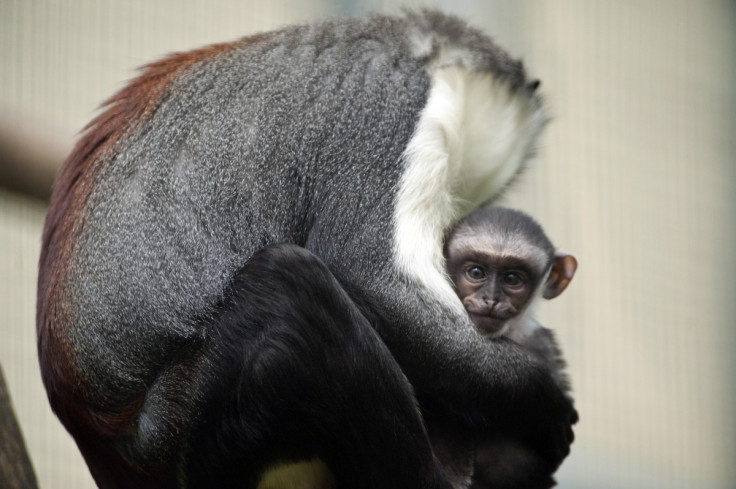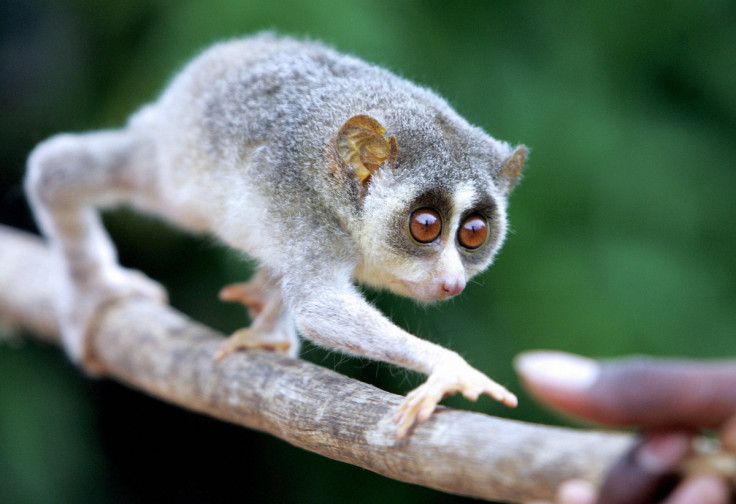World Monkey Day: Five endangered primate species under threat

A celebration of all non-human primates, World Monkey Day is observed on 14 December annually to raise awareness of the threats monkeys face. From habitat loss to poaching and the exotic pet trade, monkeys face a variety of dangers that mean some species are gradually dying out. Here are five of the most endangered species:
Roloway monkey
Found in a small area of eastern Ivory Coast and in the forests of Ghana, the roloway monkey is one of the most threatened primates on the African continent. Exact figures for the monkeys are unavailable but estimates suggest there has been a population decline by as much as 80% over the last three generations. The animals are hunted for their meat by humans and are prey to predators including leopards, chimpanzees and hawk-eagles.

Javan slow loris
The Javan slow loris is native to western and central areas of the Indonesian island of Java and it is endangered primarily due to poaching. They are easily captured because of their slow movement and are sold as exotic pets but numbers are also dwindling because of poaching for use in traditional medicines.
Brown spider monkey
One of the most endangered species of primate, the brown spider monkey – also known as variegated spider monkey – has seen its numbers driven down by logging and habitat loss because of land clearing for agriculture and cattle ranches. The monkeys are found in forests in northern Colombia and northwestern Venezuela.

Greater bamboo lemur
Found in Madagascar, scientists believed the great bamboo lemur was extinct until small populations were found in 1986. Around 500 monkeys were found in south and central-eastern Madagascar, but they have no official protection and suffer from farming, mining, bamboo logging and slingshot hunting.

Blond capuchin
Blond capuchins are found in the forests of northeastern Brazil, but the IUCN Red List of Threatened Species estimates that only around 180 remain. The main threat to blond capuchin populations is logging and deforestation. It is one of the most vulnerable primate species to extinction.
© Copyright IBTimes 2025. All rights reserved.




















